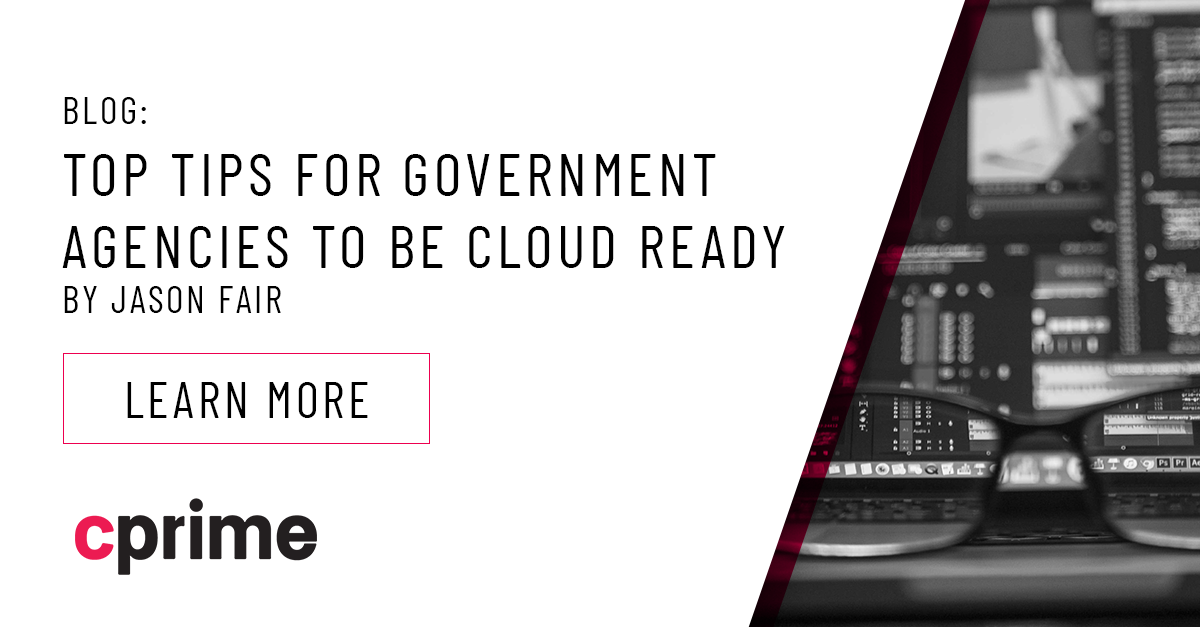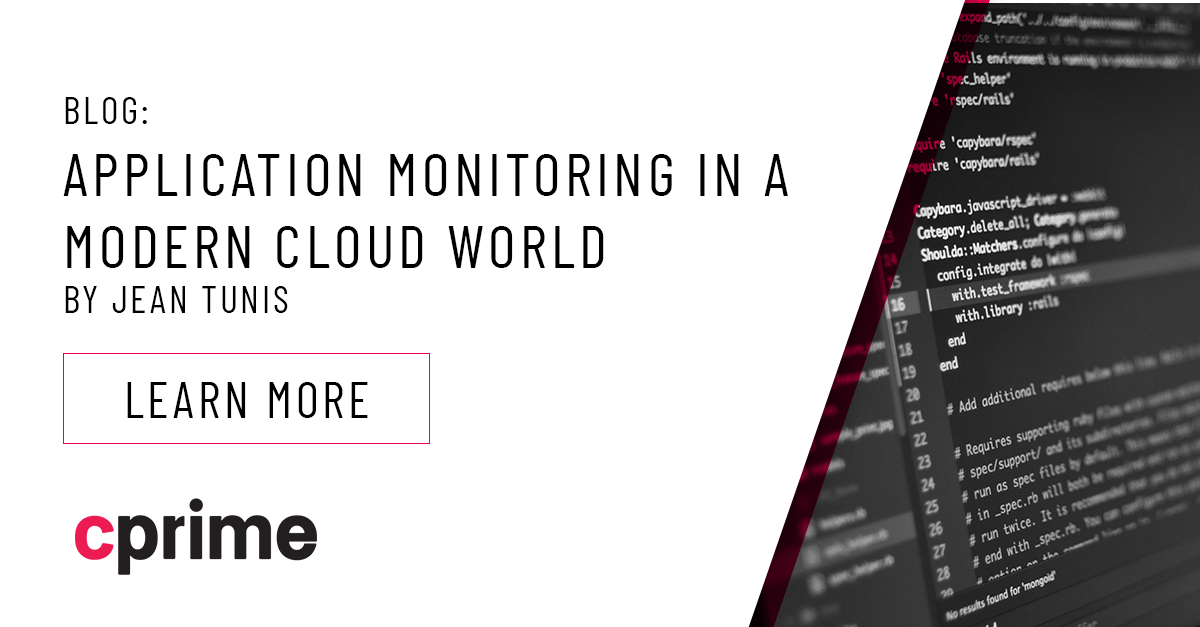On-Premise to Cloud Migration: How to Move Data with Minimum Effort
On-Premise to Cloud Migration
Business owners may wonder why they need to migrate to the cloud. What does cloud migration mean? It is a process of transferring data, resources, or applications from old or on-premise infrastructure to the cloud. The decision to migrate is quite simple – it will give you higher security, better performance and cost-efficiency. Also, working in the cloud will provide access to virtually limitless computer resources.
Some companies also consider transferring only part of their data to the cloud to learn how the cloud approach will work.
There are many cloud solutions. Most of them are designed to meet specific business needs, so data migration to a cloud is always a flexible and business-tailored process.
Types of Cloud Migration
There are four common types of cloud migration in IT practice. It usually depends on the way companies want to use a cloud to achieve business goals.
- Lift and shift. One of the most commonly used types of cloud migration. In this case, you will use the same software but in the cloud.
- Shift to SaaS. It is the most popular business model used by cloud providers. In this case, you rent cloud software with a predefined set of features needed for your business goal and pay for the package, the amount of data and computing power you actually use.
- Re-platforming. This type of cloud migration considers optimizing the operational system, changes in the API application and upgrading middleware.
- Re-architect. In this case, you will need to rebuild the application’s logic and create a cloud-native version from scratch.
Why and When You Need to Migrate to the Cloud – Use Cases
On-premise to cloud migration is the choice most modern companies are making. Below are some cases when you may have to move to the cloud.
- Move from a legacy system.40% of companies that migrate to the cloud from a legacy system do it to improve their data security. On-premise to cloud migration also allows a company to deal with legacy system tech limitations.
- Get a competitive advantage. Time and costs can be redirected to other tasks aimed at business growth. Migration to the cloud is also an opportunity to create competitive advantage because of the possibility of cutting costs and making employee workflow more flexible.
- Better response to work-from-home challenges. Cloud migration creates new opportunities for businesses to leverage more efficiency when employees are working from home. Using the cloud for data management is the best choice in such an environment.
On-Premise to Cloud Migration Benefits
Migrating from on-premise to a cloud at an elementary level helps businesses achieve maximum results for minimum expenditure. Have a closer look at the benefits of cloud migration.
- Scalability and Elasticity of Cloud. The cloud improves the scalability option. It means that users can add or remove resources as needed. Scalability became accurate with the elasticity of clouds. Such benefits of cloud migration allow users to quickly expand or decrease computer processing or storage.
- Simplified Service Maintenance. Maintaining the cloud is the responsibility of the service provider. If there is any issue, you can instantly get in touch with tech support to solve it.
- Simplified Application Integration. If you choose AWS cloud migration, you can expect many support materials and tutorials to help you with data migration. Still, your tech team needs to get ready to adopt the best cloud management practices to make this solution effective for your business.
- Cloud migration cost. Cloud data migration services allow you to pay only for resources used. Also, cloud scaling is less expensive. Amazon AWS, for example, also has a Free Tie opportunity which allows the company to get started with cloud services at a discount. It is one of the most significant cloud migration benefits. Although this option is not 100% free, it turns out to be more competitive than offers from other cloud providers.
- Better Safety. One of the most discussed benefits of cloud migration is safety. Even though a cloud is not a totally secure solution (there is currently no technology that can provide you with such a guarantee), it is still safer than on-premise servers.
Almost all benefits of migrating to the cloud that we discussed can be applied to any cloud type.
The Main Challenges of Cloud Migration
The on-premise to cloud migration process always needs a clear strategy backed up by a data migration plan. Strategic thinking and forecasting are essential to avoid the following cloud migration challenges.
Downtime. If data is migrating from an on-premise server to a cloud one, at some point, there will be a need to disable a local server. It may lead to downtime. To deal with such a challenge, you need to have a thought-out data migration strategy, a backup plan of action and the support of a tech-savvy vendor.
Data loss. One of the biggest cloud migration challenges is the possibility of losing data, which is a nightmare for most business owners. You should always back up and encrypt your data.
Resource management. Cloud adoption always includes some changes in business operations and data management. Make sure your employees are ready to adapt to the cloud and make the most out of it.
Interoperability. Sometimes the transferred apps are not cloud-compatible. Choose the most appropriate data migration strategy to avoid such cloud migration challenges.
Cloud provider choice. The wrong choice of a cloud provider is not immediately apparent. In this case, the companies recognize issues after the cloud migration plan is completed, but there are too many costs and too little efficiency to make it work as expected. The only approach to avoid this pitfall is to be attentive at the seed stages, consult a data migration vendor, and, if possible, get started with the most affordable cloud service packages.
Cost estimate. Be careful when estimating the cost of cloud migration, especially cloud usage. For example, the Pay as You Go pricing model provided by Amazon AWS is the most flexible one. However, it may become the most expensive one if there is a sudden workload boost.
Dealing with cloud data migration challenges will be a central part of any migrating strategy. That is why you need to ensure that you know how to anticipate potential issues.
Cloud Migration Steps
Before discussing cloud migration steps, we need to consider three important things: what, why and how to migrate. After you define what to move and why you need to launch data migration on cloud, overview the most significant cloud migration steps.
Step #1. Define the migration architect role, the system responsible for planning and completing all aspects of migration. It should include necessary refactoring to make the migration successful, strategies for migration and cloud requirements.
Step #2. Define the level of cloud integration. There are two expected levels of integration — shallow or deep cloud integration. The first level considers on-premise to cloud migration without changes or with just a few. Deep integration is based on a modification of the application during migration.
Step #3. Choose the type of cloud. As we mentioned before, it can be a public, private, hybrid, or multi-cloud for data and app migration.
Step #4. Outline the performance baseline and cloud key performance indicators (KPIs). Before migration to the cloud, you need to have clear metrics for measuring how successful the process was. Also, you need to establish a performance baseline – a measure that will determine if the post-migration performance is acceptable. Good KPIs also will demonstrate how adequate the migration progress is and identify problems.
Step #5. Create a migration plan. Before launching the migration, you need to define all cloud migration phases and have a step-by-step plan for any possible situation.
Step #6. Existing Data Migration. First, you need to create an initial copy of all existing data you will move. At this step, you need to define the proper infrastructure for your company. Another challenge is to copy all current data, as there can be hundreds of terabytes of data. This problem can be solved with Google and Amazon services, as they can even physically transport all your hard drives. Also, remember that you are copying raw data. It means that you will need to clean it later.
Step #7. Review the migration. You should not skip any cloud migration steps. After the migration, you need to consider resource optimization. Ensure that the new system is running correctly and there are no data damages.
Cloud Migration Tools
Big cloud providers – such as AWS, GCP or Azure – offer various tools and services to make the on-premise to cloud migration easy for you. Here are the most commonly used:
- AWS Migration Hub is great for tracking migration processes
- AWS Server Migration Service is a tool to migrate workloads
- CloudEndure migration is an automated lift-and-shift tool that you can use free for 90 days
- Azure Migrate is the Microsoft migration service that helps track and plan migration
- Storage Transfer Service is a tool for transferring a massive amount of data to Google Cloud Storage
Cloud Migration Costs: Is the Cloud Cheaper?
The most common question we get is about the cloud migration cost. It is not cheap for the company to have its own on-premise infrastructure. You need to pay for servers, network, storage and additional maintenance costs. In this case, the cloud is cheaper than the whole on-premise system.
You can also use a private or hybrid cloud for a reasonable cost. For instance, you will have software and hardware maintenance for free with a public cloud. But remember that public clouds have limitations.
You require the proper configuration to have a cheaper cloud solution. It means you will need to hire professionals to set up the cloud. It will optimize your work and guarantee lower cloud migration costs.
Cloud Migration Data Security: Is It Safe?
Cloud providers usually ensure high data security and provide safety solutions because their business is based on security. Cloud migration data security is one of the most significant benefits of on-premise to cloud migration. But does it mean that clouds are always more secure than on-premise warehouses?
The most significant security risks for on-premise data are usually caused by outside factors. For example, it can be hackers or breach threats. But at the same time, it can come from inside threats. That means that it can be a data leak by your employees. And clouds, in this case, are much safer. Cloud security is mainly focused on how to teach people to collaborate and share information in the cloud without risks.
On-Premise to Cloud Migration Success Stories
One of the cloud migration success stories we can share is the Cprime case on data relocation from HPQC to Atlassian.
HPQC was one of the first systems for bug issue tracking used by many companies for a long time. But nowadays, Atlassian tool Jira is a standard for such problems. The challenge in data migration from HPQC to Jira is that those systems have different ideologies and working principles.
Our solution was based on defining similar processes in two systems and mapping them. We completed the migration in three phases. As a result, we successfully migrated data with minor losses.


